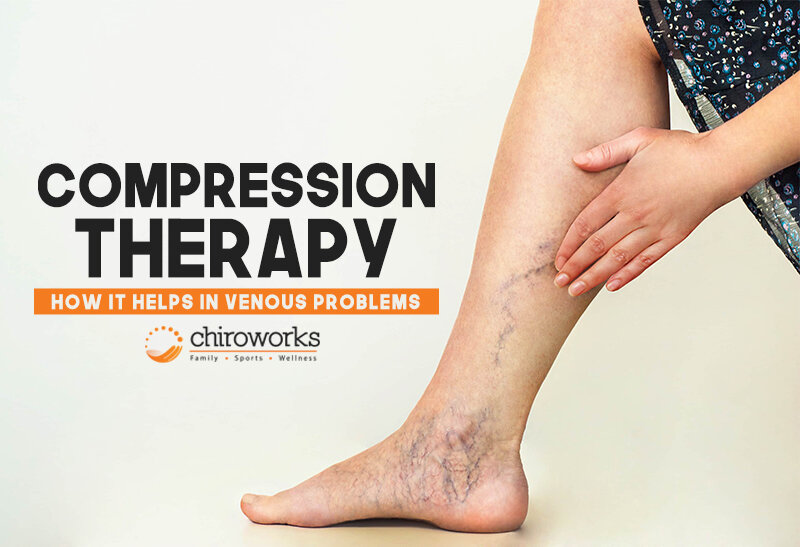Do you often feel pain when walking, which only stops when you take a rest? Are you often bothered by the tight feeling in your calves or itchy, painful legs? Or have you noticed the appearance of varicose veins on your legs and feet? If you mentally answered "yes" to these, more likely than not, you are one of those individuals who suffer from venous disorder.
What is Chronic Venous Disease (CVD)?
It refers to the chronic conditions related to or caused by veins, and is common in Singapore.
These problems can be manifested by varicose veins and spider veins, swelling of legs and leg pain, chronic venous insufficiency, leg skin changes, leg ulcers, phlebitis, and vascular malformations.
How Compression Therapy helps?
Compression therapy is keystone in treating venous disorders. It is a simple and effective means that helps increase the blood flow activity in the lower limbs through strengthening vein support.
Wearing a specifically designed stockings or compression stockings is one of the best ways to prevent the occurence of, and protect against further progression of, venous disorders including phlebitis and thrombosis.
These stockings serve as a replicated muscle, and work on gently squeezing the stretched vein walls together. Thus improving the overall circulation and allowing the veins to loosen up and reduce pain in the lower limbs.
Compression stockings play an important role in preventing and treating varicose veins and other circulatory problems. These socks or stockings are suitable for people who have or are:
Chronic Venous Diseases
Acute Venous Diseases
Varicose Veins
Deep Vein Thrombosis (DVT)
Leg Ulcer
Lymphedema
Pregnancy
Travel
Swollen feet, ankles and legs
Tired, aching, fatigued legs
Poor circulation
Family history of venous
Lymphatic leg disorders
Active in sports
Standing or sitting all day
What are the benefits of wearing compression socks?
In addition to the fact that compression stockings or socks are made for compression therapy, which is indeed helpful in reducing pain and swelling in your ankles and legs, there are more health benefits that one can enjoy by wearing these socks.
Compression socks or stocking:
boost circulation in your legs
support veins
prevent blood from pooling in your leg veins
diminish swelling of legs
reduce the chance of having orthostatic hypotension (causes lightheadedness or unsteadiness when you stand)
help prevent venous ulcers
prevent development of deep vein thrombosis in your legs
help ease the pain caused by varicose veins
reverse venous hypertension
improve lymphatic drainage
Different types of compression stockings
There are three (3) types of compression stocks, and each vary from one another.
Graduated compression stockings
This type of compression socks or stockings are designed for mobility and to meet particular length and strength medical specifications. Hence, a professional fitting is typically required. Its level of compression is strongest at the ankle, which gradually decreases towards the top.
Graduated compression stockings help reduce pooling of blood in the legs and prevent orthostatic hypotension.
Anti-embolism stockings
The same with graduated stockings, this type provides gradient compression. But unlike the first type, this one has a different level of compression, and is designed for people who aren't mobile.
Anti-embolism stockings reduce the chance of having deep vein thrombosis. are specifically designed for those who aren't mobile
Nonmedical support hosiery
As the name tells, this type of compression stockings don't typically require a prescription. Nonmedical support hosiery has less pressure than the first two types of compression stockings.
Things to remember when wearing compression socks
Make sure to smooth out the stockings in order to lie flat against the skin
Avoid bunching the compression stockings
Do not fold or roll the tops down as it can make them too tight and could cause blood flow problems
Take them off to shower or bathe
Consult with your doctor regarding how often and how long you need to wear them


